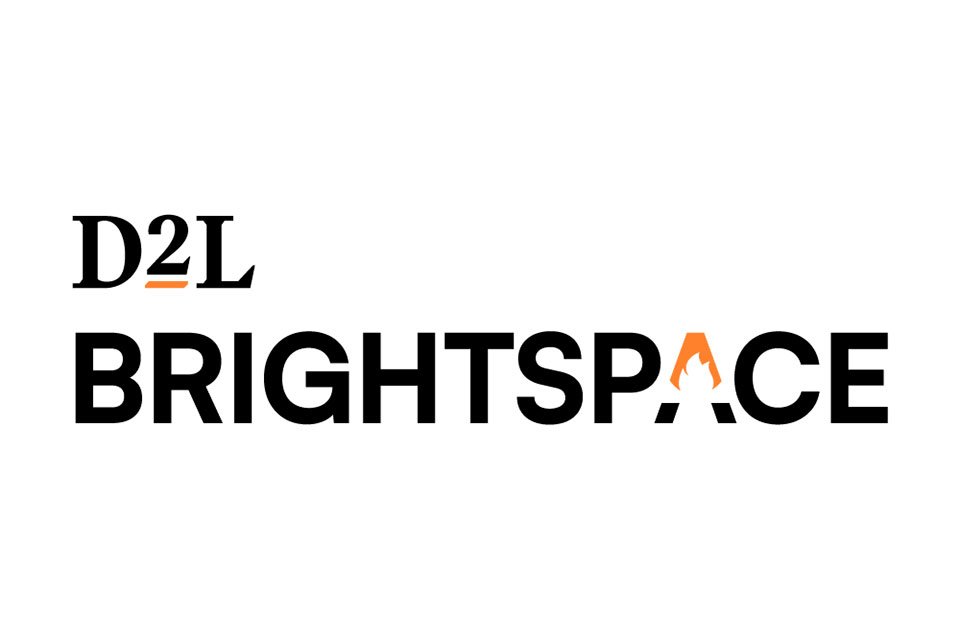Why Discussion Boards Get a Bad Rap and How to Fix Them
In every online course, there exists the discussion board. It’s a place, in theory, where students go to converse about the course material, their insights, and their experiences. They are deemed as crucial and required by every university I can think of, and I agree in that there should be a place for great minds to come together, share, and discuss. Unfortunately, many of these boards are where conversations go to die. Sure, the quantity is there, but what about substance? I’ve seen people put far more thought into arguing on Facebook groups instead of responding back to a discussion post. It’s common to see many replies like, “I agree. Great point!” And then that’s the end. Is that an actual discussion? You and I both know it’s not.
Maybe you are thinking that I must hate discussion boards, but it’s quite the contrary. I genuinely believe that discussion boards can be a wonderful tool for online learning. I’ve seen this firsthand with strong dialogue, organic conversations, deepening of respect of different views, and creating lifelong friendships.
So, what’s the issue here? I’d argue that discussion boards are an afterthought. They are required to be in the learning experience, so they’ll be present, but do they get the same treatment as the other kinds of learning activities and assessments? Hint: they don’t. The problem isn’t with the tool, but how we use the tool. Instead of kicking and screaming into the night that we must create discussion boards, what if we viewed them a bit differently?
First, what kind of conversation do you want the students to have? Are they sharing their interpretation of the course materials, bringing up their past experiences and how they tie into the week’s topic, reviewing one another’s work and providing feedback, debating and persuading over a viewpoint, etc.? This will greatly change how you set up the discussions.
Dr. Lisa Kidder and Mark Cooper published a book in 2022 called Breaking the Humdrum of “Post Once & Reply to 2” Online Discussions. In this book, they describe several different discussion board themes such as alternate history, case study, challenge questions, debates, and others. I will use some of these themes to highlight how to create these different kinds of discussions.
Before we get into these themes though, there is one key idea we need to discuss. Without knowing who the other people are in the online classroom, discussions can be awkward. If you don’t know the other people, you will not feel comfortable diving deeper into certain conversations. Asking students to debate one another without establishing some sort of friendly terms will only lead to awkwardness. What my experience has taught me has been that a solid foundation needs to be established first before going forwards.
The most effective way to do this is to host a course kick off call. In this call, I provide an overview of what the course is all about and host an optional networking session. The idea is to let students meet one another, share their goals, why they enrolled in the course, and to find common ground. Naturally, you’ll find that students will gravitate towards working more closely with those they met in these groups and mini cohorts begin to appear. In my instructional design courses, it’s common to see students pair up together my career goals or sectors such as teachers, corporate trainers, or higher education.
As the instructor or facilitator, you can place people into breakout rooms on Zoom for 5-10 minutes at a time, bring them back into the main room, and then disperse them again into different rooms. You should also leave the option open for students to stay in the main room too if that is what they wish. Some students can only communicate via the chat or may have something else happening behind the scenes, and it’s easier for them to stay in the main room with you.
After this has been completed, the main discussions will have a much higher chance of producing quality conversations. Now, let’s get into some key themes:
Student Showcase and Small Group Share
To give you an example, I have a course on the fundamentals of instructional design. Students create their own learning experiences inside of Brightspace and have full access to one another’s course. The discussion board centered around this theme is for them to go into the courses, review what’s inside the course shells, and to provide constructive feedback on the pros and cons of the design. To do this, there is ample setup of making sure that everyone is all set first from a technology perspective, but second, is talking about how to deliver feedback.
As the instructor, I didn’t want students to simply say, the course looks good, and then that’s the end of the conversation. I’m looking for them to go deeper and provide exact suggestions, recommendations, and tips. Since this is a specific ask, there has to be another preparation involved and providing more insight when necessary. There are guiding questions established for them to follow and in a sense, have a type of template for providing feedback.
The other part of this that I’ve found effective is to place students into mini-cohorts. It’s intimidating having your work reviewed by 25 people all at once. When students are placed into mini-cohorts of around 3-5 students per group, I’ve noticed stronger interactions and more personalized feedback.
In the News
In some kinds of discussions, there is no right or wrong answer. It’s more philosophical in nature and the outcome has yet to be decided. The goal is to make the students ponder and to think of what may happen. In a new Gen AI course I was involved with, many of the conversations were setup this way to have learners think of the future and how Gen AI may impact humankind. In one of the discussions, it was centered around pending lawsuits from academic researchers and artists who are claiming that their work was used without permission to train datasets for new Gen AI tools. The companies claim that they did everything correctly and ethically, yet individuals say otherwise. Which side do you agree with and what other sector will Gen AI disrupt next? It’s a conversation that provokes deeper thinking, and when done right, can keep the conversation going far after the deadline.
Case Study
There is nothing better, in my opinion, than learning from the real-world. Students want to know how their studies directly translate into the world, and what better way to show them then by providing actual real-world cases. The great news is that there are case studies out there for just about every subject matter. By incorporating these case studies into your lessons, you give students the opportunity to connect theory to practice, see the impact of their learning in real-life scenarios, and develop critical thinking and problem-solving skills. Whether it's analyzing historical events, tackling business challenges, or exploring scientific breakthroughs, real-world cases not only peak students’ interests, but also prepare them to apply their knowledge in meaningful ways beyond the classroom. Some famous case studies to look into are the Enron Scandal, Ford Pinto Case, Stanford Prison Experiment, Tylenol Poisoning Crisis, Exxon Valdez Oil Spill, McDonald's "Hot Coffee" Case, and the Challenger Disaster.
Overall folks, these are a few methods for bringing organic conversations to life in the discussion boards. We can and should prioritize these learning activities as they can lead to incredible results. They’ll only produce these results though if we dedicate enough time to sparking these deeper conversations.
A huge thank you to our sponsors! Consider supporting those who support our show!








